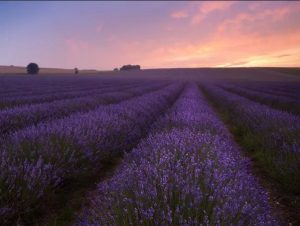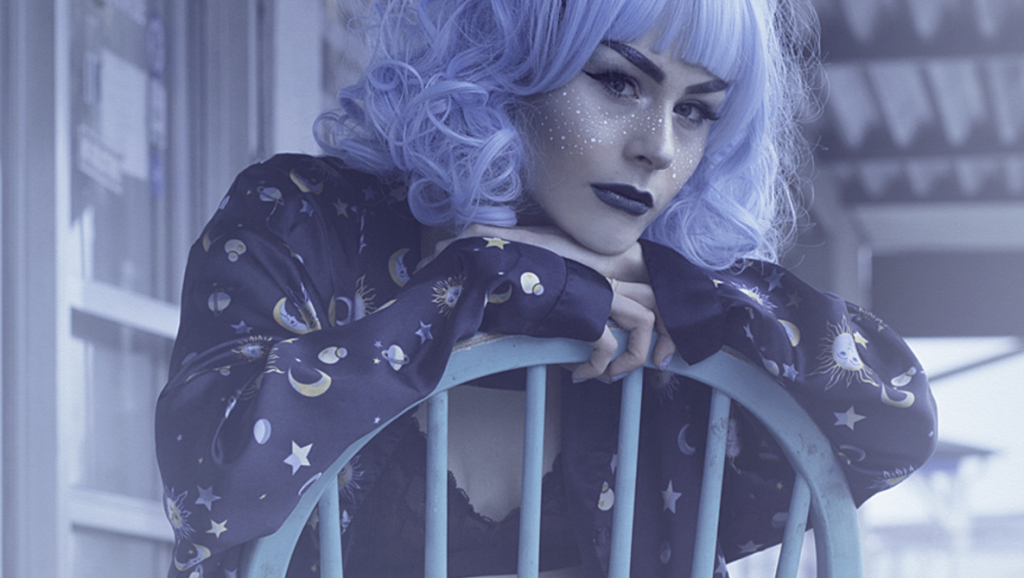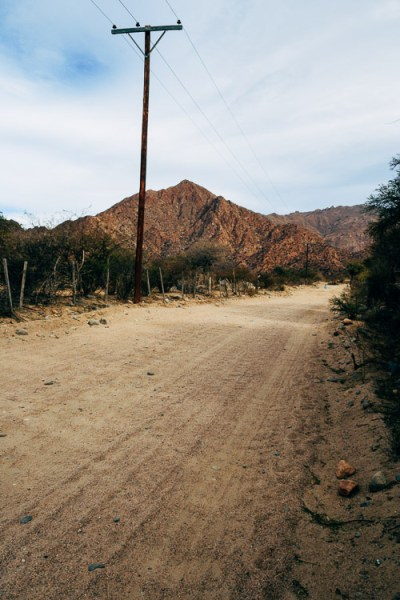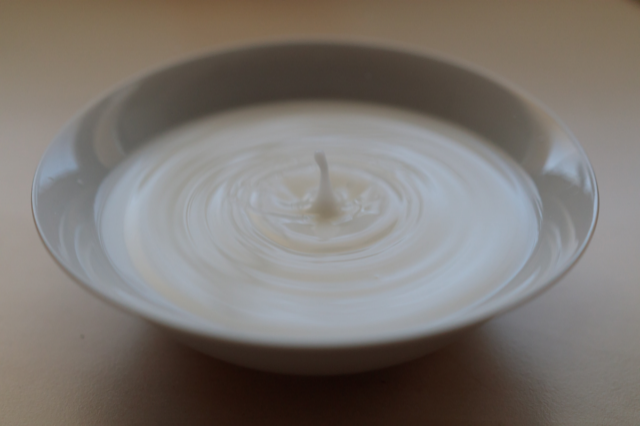HOW THE RELATIONSHIP OF THE PARTIES OF THE PHOTO INFLUENCES THE COMPOSITION ON THE EXAMPLE OF SCENARIZED SHOOTING
 Choosing a composition is often the key to understanding between a good landscape photo and a great landscape photo. But the aspect ratio of a photo can create or destroy a composition, emphasize an object and eliminate distractions, or unbalance the whole picture. When you look into the viewfinder and are about to press the shutter button, it is useful to try to imagine the final picture, including its aspect ratio, to optimize the composition.
Choosing a composition is often the key to understanding between a good landscape photo and a great landscape photo. But the aspect ratio of a photo can create or destroy a composition, emphasize an object and eliminate distractions, or unbalance the whole picture. When you look into the viewfinder and are about to press the shutter button, it is useful to try to imagine the final picture, including its aspect ratio, to optimize the composition.
But how does the aspect ratio affect the composition?
Aspect ratio is a term used to describe image dimensions by comparing width with height and expressing as a ratio.
The aspect ratio of images is primarily determined by the dimension of the camera sensor (or the type of film plus the camera design, if the camera is film). Since these physical aspects are fixed, it is easy to take the aspect ratio of images for granted and not to think too much about the consequences of their fixed ratio, which is used in the composition.
Camera manufacturers realized that sometimes photographers like to work with a wide range of options, and the latest digital cameras allow you to change the aspect ratio setting using the camera menu. You can also crop the image to later change the parameter during post-processing.
Why aspect ratio matters
The significance of this concept is related to the ratio of the main object to the sides of the frame and the amount of free space around the object.
Knowing the aspect ratio of your particular camera can help create better images. It will also help you recognize when cropping to a different aspect ratio can improve the composition of the resulting picture.
What is the aspect ratio?
Aspect ratio describes the relationship between image width and height. It is recorded as a figure, in this form – width: height (width is always in the first place).
Virtually every digital camera is equipped with a sensor in one of two image formats.
This is the ratio used by 35mm cameras with cropping factor and full-frame SLR cameras, some Leica medium format cameras, mirrorless cameras, high-end compact cameras and most 35mm film cameras.
We have had it since, at the beginning of the last century, Leica released the first 35 mm film cameras. 35mm crop-factor cameras and full-frame SLRs have a 3: 2 aspect ratio. The width of the sensor is 1.5 times its height.
The 35mm full-frame sensor measures 36×24 mm. You can express it as a ratio of 36:24. Mathematicians always like to simplify the relationship between two numbers so that it is easy to visualize. In this case, you can divide both measurements by twelve. It gives 3: 2. Crop-factor cameras have smaller sensors about 22.5×15 mm in size (exact dimensions vary by make and model). These numbers correspond to a 3: 2 aspect ratio for a full-frame sensor.
This aspect ratio is used by microcameras, many compact cameras, some medium-sized digital cameras and medium-sized film formats using the 6×4.5 cm format.
Let’s compare them. You can see that the 3: 2 format used by most digital SLR cameras is slightly longer than 4: 3 for microcameras.
It may not seem so much, but it is important for the composition. Look at the following images to see why. Below is a photo of the original 35 mm version with an aspect ratio of 3: 2.
And here is the same image cropped to a 4: 3 aspect ratio, as if it were taken on a 4: 3 microchamber.
how the aspect ratio affects the composition
See the difference? It is thin, however, still present. 35 mm longer frame. And the task can be quite difficult when it comes to composition, because you have to find a way to effectively fill that length. Landscape photography, in particular, often benefits from a shorter frame, and this is one of the reasons for the popularity of the 6×7 cm medium format (7: 6 aspect ratio) among landscape photographers who use film cameras. Here is how the same landscape will look in the following formats.
7: 6 aspect ratio may seem too short, but 5: 4 is a very nice format for work.
It may seem to you that the difference between the proportions does not have any particularly great importance.



